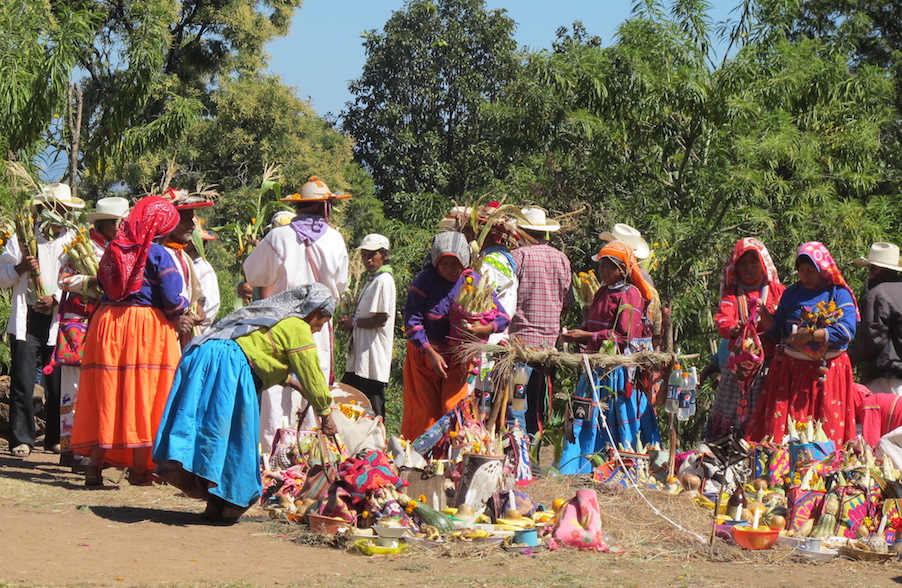Wixárika Practices of Medical Syncretism
An Ontological Proposal for Health in the Anthropocene
—
Received: 1 March 2022; Accepted: 17 November 2022; Published: 30 June 2023
Ontology
Anthropocene
Traditional medicine
Indigenous
Mexico
https://doi.org/10.17157/mat.10.2.6912
Abstract
By understanding a community’s medical system, we are able to see its body ontology and how the people within it live in relation to the world, a historically constructed ideological position. Modernisation and development have restructured Indigenous communities and devalued traditional ontologies, including medical systems. This is a global pattern, where historical power relationships defined the coloniality of being and from this, organised healthcare, governance, and education in relation to patriarchal and capitalist universals. These social structures underlie the Anthropocene geological epoch and planetary crisis. Wixárika Indigenous communities live a polytheistic sociality; their medical system treats the spiritual origins of illness, attending to social cohesion in a society of humans, the supernatural, flora and fauna. This system is subalternised by dominant universals of biomedicine, which treat the body as separate from the environment and society. I refer to this epistemological inequality as the ontological Anthropocene. Wixaritari use both allopathic and traditional medical systems, following a non-hierarchical syncretic understanding of wellbeing. Giving equal importance to both systems may be a framework with implications for wellbeing beyond human health. This Research Article proposes that by centring Indigenous sociality that is more-than-human we can reconceive our planetary relationships in the broadest sense.
